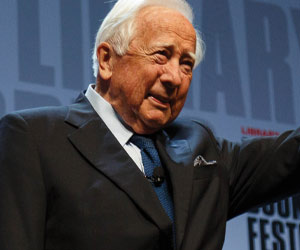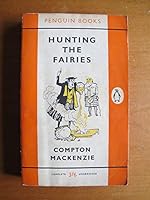The Monarch of the Glen
Select Format
Select Condition 
You Might Also Enjoy
Book Overview
Customer Reviews
Rated 5 starsA great start
A big fan of Kate Kingsbury's Pennyfoot series I cried when it came to an end. With this book she has introduced a charming new set of characters, the confused butler, the feisty house maid, the unfortunate cook and the handsome major. The village of Sitting Marsh is a contrast of old English customs and the modern World War Two culture. Lady Elizabeth is an independent woman who is determined to care faithfully for her village...
2Report
Rated 5 starsAbsolutely Delightful!
Whenever I pick up a book by Kate Kingsbury, I expect to be delighted and entertained, and once again, Ms. Kingsbury delivers. A Bicycle Built for Murder, the first book in her new Manor House series, was a joy to read--full of charming characters, interesting historical tidbits, and with a mystery that kept me turning the pages. Bravo! I can't wait for the next installment.
2Report
Rated 5 starsA Bicycle Built for Murder
I just read the previous review from Eleanor Warder and I totally disagree. I am a computer programmer analyst and consider myself quite smart, but I didn't find the clues easy at all. And I don't think the book was fluffy. Ms. Kingsbury has built a reputation of writing cozies, and this book only enhances that reputation. I think the characters were strong, Ms Kingsbury strong point, as proven in her previous series,...
2Report
Rated 5 starsGreat beginning for a wonderful new series
Kate Kingsbury, widely known for her Pennyfoot Mystery series, and Berkley Prime Crime, known for it's wide variety of successfully published mysteries, are together again, and the result is an exciting new mystery series. As in her last series, Ms. Kingsbury's new series is considered a cozy, and, in some corners, a historical mystery as well. A Bicycle Built for Murder is the first in the series.The Manor House seaside village...
1Report
Rated 5 starsdelicious mystrey satire that pokes fun at the social class
While the Germans bomb London and other strategic locations during World War II, the villagers of Sitting Marsh look towards Lady Elizabeth Hartleigh Compton as a role model. The townsfolk are unaware that Elizabeth is broke due to her late husband's gambling habit. Her only source of income is rent she collects on the cottages on her estate. Still, she knows that the locals depend on her for leadership and since she enjoys...
1Report
The Johnstown Flood Mentions in Our Blog

The world lost a great historian when author David McCullough passed away on August 7. The Pulitzer Prize-winning author was also renowned as a narrator and television host. Read on for more about his life and work.



























































